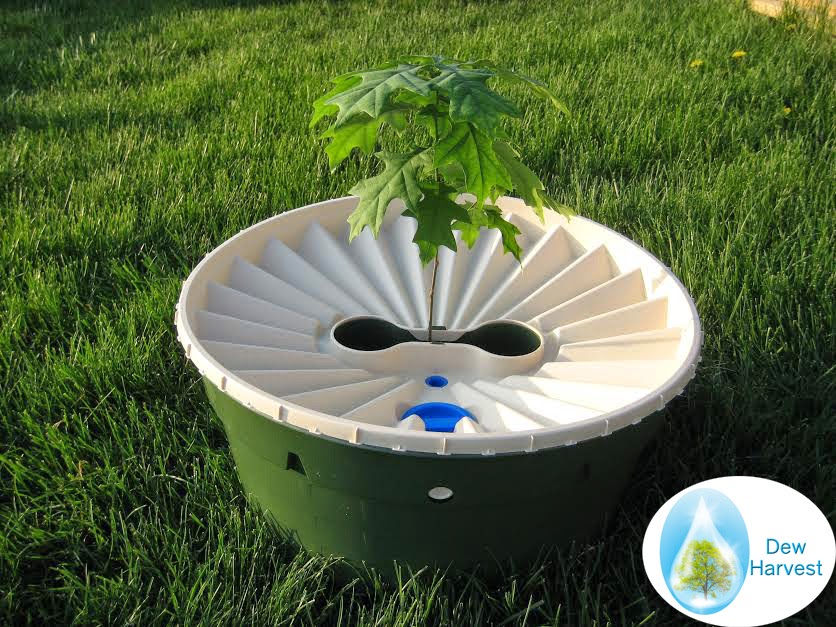Tomatoes grow in all Sunset Climate Zones as an annual. They need temperatures in the range of 55 to 100 degrees Fahrenheit and 8 hours of sunlight daily. Each tomato plant should produce 10 to 15 pounds of fruit when grown properly. Even though these plants are heavy feeders, they can be fed natural products to help fruit production. Yellowing leaves and stunted growth indicates a tomato plant needs a boost of nutrients.
- Spread 3 to 4 inches of well-rotted compost over the tomato planting area. Dig the compost into the top 12 inches of soil with a shovel and break up the dirt clumps to obtain a smooth-textured soil. Adding compost to the soil increases air, water and nutrients available to the roots of the tomato plants, encouraging strong plant growth.
- Plant the tomato plants in the amended soil. Spread a 3 to 4-inch layer of organic mulch, such as dried leaves or grass clippings, around the base of the plants. Mulching reduces soil moisture loss, regulates soil temperatures, discourages weed growth and provides a source of slow-release nutrients.
- Clean a large container and fill it with water. Take a large cloth bag and fill it with organic materials like seaweed, garden plant debris and kitchen scraps. Tie the bag shut, attach it to a broom handle or a long stick and place the bag in the water with the stick across the top of the container; this allows you to retrieve the bag without reaching into the water you are using to create organic tea.
- Check the organic tea every couple of days to see if it has turned a dark brown color. Once finished, remove the bag and empty the contents into the compost pile. Dilute the organic tea by mixing 1 cup of organic tea with enough water to make it look like weak tea. Drench the root zone of the tomato plants with the organic tea when the first small tomato has appeared.


